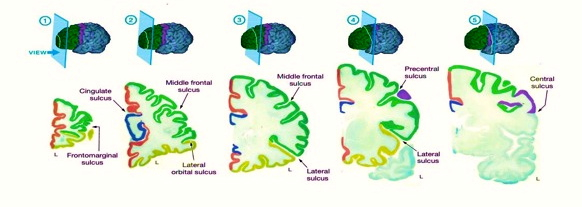

UNBIASED STEREOLOGY MOUSE HIPPOCAMPUS FREE
However, the application of this technique in neurogenesis studies is not rigorous.Īlthough this estimator is independent of assumptions on the size and shape of the cells, it is not free of assumptions about the structure of the tissue. The optical fractionator has dominated the field of unbiased estimations of cell number and has been extensively used to quantify the number of cells in different brain structures. Where is the total number of cells actually counted in the dissectors asf, the area sampling fraction, is the area of the counting frame relative to the area associated with each x, y movement and ssf, the section sampling fraction, is the fraction of total sections sampled and finally, the thickness sampling fraction tsf captures the part of the investigated cross-sectional area of the sampled sections ( Gundersen et al., 1988 West et al., 1988, 1991, West and Gundersen, 1990). The number of cells ( N) is then estimated as: The fractionator involves sampling a known fraction of a structural component or region (e.g., the SGZ of the dentate gyrus). Its value converges to the true number of cells as the number of samples increases. The optical dissector provides unbiased estimates of cell numbers independent of assumptions on the size and shape of the cells. The optical fractionator combines two stereological components: a three-dimensional probe for counting cell nuclei, the optical dissector, and a sampling scheme, the fractionator. In the dentate gyrus of the hippocampus, newly proliferating cells are found predominantly in the subgranular zone (SGZ), where the neural progenitors reside, and often appear in clusters ( Wojtowicz and Kee, 2006). Another common, reliable method for assessing cell proliferation is to stain for the endogenous nuclear protein Ki67, which is expressed during all phases of the active cell cycle (G 1, S, G 2, and mitosis), but is absent during the resting (G 0) phase ( Kee et al., 2002). After an appropriate post-injection survival period (e.g., 2 h), animals are sacrificed and their brains are then processed for BrdU immunohistochemistry. Cell proliferation in these studies is usually measured by injecting the thymidine analog 5-bromo-2′-deoxyuridine (BrdU), which becomes incorporated into newly synthesized DNA of cells during the S phase of the cell cycle. Since cell proliferation represents the first critical step toward neurogenesis, many studies have focused primarily on this process or, at the very least, have included an examination of cell proliferation as part of a larger, comprehensive investigation on neurogenesis. The production of new neurons can be modulated at multiple levels. Neurogenesis is a complex, multi-step process, consisting of neural progenitor cell proliferation, differentiation, migration, neuronal maturation, and cell death ( Ehninger and Kempermann, 2008). The discovery that new neurons are continuously produced throughout adulthood (adult neurogenesis) in discrete regions of the brain, notably within the dentate gyrus of the hippocampus and the olfactory bulb, has led to an explosion of studies aimed at elucidating the biological significance of this phenomenon as well as the factors that might impact this process.


 0 kommentar(er)
0 kommentar(er)
